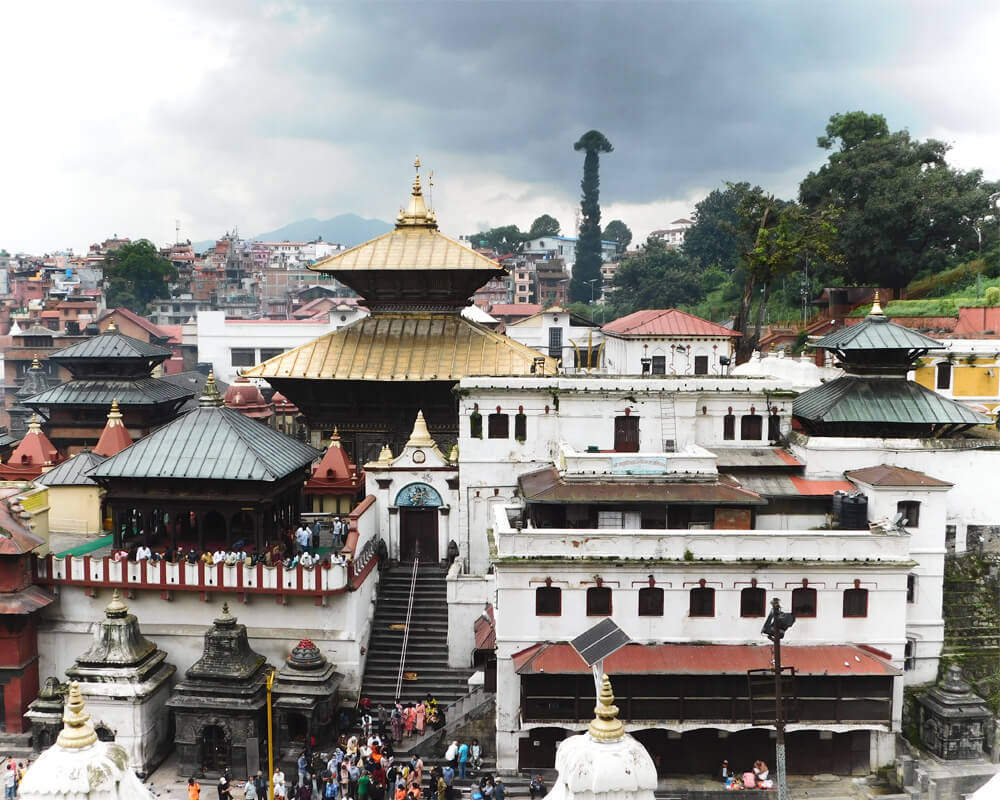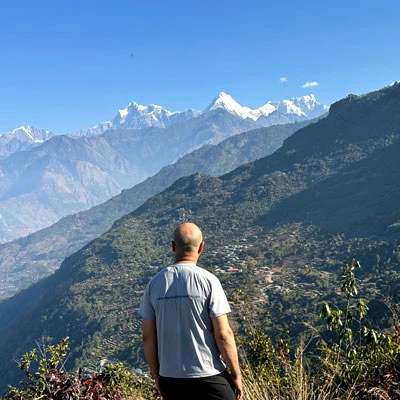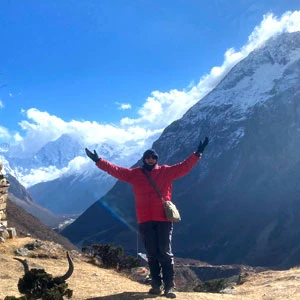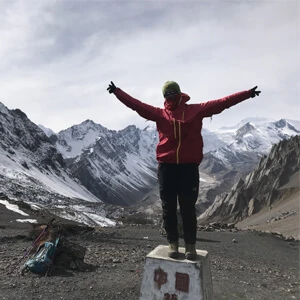The United Nations Educational, Scientific, and Cultural Organization (UNESCO) recognizes world heritage sites of exceptional universal value for cultural and natural heritage nominated by countries and signatories to UNESCO, founded in 1972. Architectural monuments, monumental sculptures, inscriptions, groups of buildings, and archaeological sites are all examples of cultural heritage. The heritage sites also include the habitats of endangered animal and plant species. Natural sites that are significant in terms of science, conservation, or natural beauty.
UNESCO World Heritage Sites in Nepal
World heritage site in Nepal10 Best UNESCO World Heritage Sites in Nepal
Pashupatinath Temple

Pashupatinath Temple is one of the world's largest Hindu temples. Lord Shiva is honored in this temple. This temple was designated a UNESCO World Heritage Site in 1979. The temple is in Kathmandu, Nepal, right on the banks of the holy river Bagmati. Only Hindu pilgrims are permitted to enter the main temple. There is an old Hindu cremation site called Arya Ghat on the Bagmati River's bank, where you will have a great opportunity to observe live cremation. This sprawling Hindu temple precinct is a centuries-old collection of temples, ashrams, images, sculptures, and inscriptions.
Changunarayan Temple

Changunarayan, an ancient Hindu temple, is located in the Bhaktapur district on a high hill known as Changu or Dolagiri. This temple, built in the third century, is the oldest Hindu temple in the Kathmandu valley. Lord Bishnu is honored in this temple. Champak trees surrounded the temple. That is why the nearby village is called Changu. There are four Narayana temples in the Kathmandu valley, the most popular of which is Changu Narayana Temple. It is critical to investigate the oldest carvings, sculptures, and inscriptions.
Swayambhunath Stupa

The Swayambhunath Stupa, also known as the Monkey Temple, is one of the oldest Buddhist shrines in Kathmandu. Many monkeys inhabit this area, which is located at the top of a small hill. If the weather is clear, you can explore more than two-thirds of the Kathmandu valley from here. Swayambhu's meaning is entirely self-created. The name is derived from an external, self-existent flame, over which the stupa was later constructed. It was designated a UNESCO World Heritage Site in 1979. The complex includes a stupa as well as several shrines and temples, some of which date back to the Licchavi period. The most recent additions are a Tibetan monastery, a museum, and a library.
Boudhanath Stupa

The Boudhanath Stupa, which stands 36 meters tall, is one of Asia's largest mandalas. The stupa, also known as a Khasti chaitya, is located 11 kilometers north of Kathmandu. It is one of Nepal's oldest Buddhist pilgrimage sites. The Boudhanath Stupa was designated a UNESCO World Heritage Site in 1979. According to legend, there is a relic of Kassapa Buddha (the Buddha before the Sakyamuni Buddha). It is one of the most popular tourist attractions in Kathmandu. Many Tibetan refugees live in the stupa's surroundings. You'll also have the best chance of learning about Tibetan culture and customs. You will notice a completely different atmosphere and positive vibes when you enter the areas.
Kathmandu Durbar Square

Kathmandu Durbar Square is one of Nepal's ancient royal palaces located in the city center. It is referred to as the Hanuman hoka durbar. The name is derived from the statue of Hanuman (Lord Ram's monkey devotee) at the palace's entrance. Kumari Ghar, Taleju Temple, Seto Bhairab, and the Hanuman Dhoka Museum are the main attractions of Durbar Square. If you're lucky, you might get a chance to see Kumari (known as a living goddess in Nepal). Around Durbar Square, there are numerous Hindu temples and statues. The majority of them were constructed between the 15th and 18th centuries during the Malla dynasty. As a result, Durbar Square is surrounded by stunning Newari architecture, wood carvings, silver carvings, and metal carvings. In 1979, Kathmandu Durbar Square was designated a UNESCO World Heritage Site. It is approximately a twenty-minute walk from Thamel.
Patan Durbar Square

Patan Durbar Square is located in the heart of Lalitpur. It was designated a UNESCO World Heritage Site in 1979. Most buildings were constructed during the Malla period, which lasted from the 14th to the 18th centuries. Patan Durbar Square contains 136 "bahals" (courtyards) and 55 significant temples. This dense cluster of temples is perhaps Nepal's most visually arresting display of Newari architecture. Krishna Temple, Bhimsen Temple, Patan Palace Museum, Golden Temple, Kumbeshwar Temple, Vishwanath Temple, and other major attractions can be found in Patan Durbar Square.
Bhaktapur Durbar Square

Another stunning landmark of the Kathmandu valley, Bhaktapur Durbar Square was included in the list of world heritage sites in 1979. There are three Durbar squares in the Kathmandu Valley, with Bhaktapur Durbar Square being the largest and oldest. Traditional Newari life is preserved and celebrated throughout the city. The 55-window palace, Vatsala Temple, Siddhi Laxmi Temple, Nyatpola Temple, the statue of Bhupatindra Malla, Bhairabnath Temple, Golden Gate, Lions Gate, etc. are the main draws of Bhaktapur Durbar Square. People who practice Buddhism and Hinduism are blended in the city. Pottery Square, Dattatraya Square, Taumadi Square, and Bhaktapur Durbar Square are the four principal squares. Beautiful temples and structures surround each square.
Lumbini - The Birth Place of Lord Buddha

Lumbini is the birthplace of Lord Buddha, the greatest spiritual teacher of all time. Gautama Buddha, the founder of the world religion of Buddhism, was born in 623 BC. Lumbini is considered one of the holiest places in Buddhism, with a pilgrimage site dating back to the 3rd century BC, located in Nepal's southwest Rupandehi district. Lumbini was designated a UNESCO World Heritage Site in 1997. Maya Devi Temple, Ashoka Pillar Inscription, World Peace Stupa, World Peace Flame, many monasteries from various nationalities, and Shakya Tank, where Maya Devi bathed before giving birth to Buddha, are the main attractions in Lumbini. You will have the option of flying or driving to Lumbini.
Chitwan National Park

Chitwan National Park, Nepal's first national park, was established in 1973 and designated a World Heritage Site in 1984. It is 166 kilometers south of Kathmandu, covers 952.63 square kilometers, and is located in the Tarai region. The elevation varies from 300 m in the river valley to 815m in the valid hills. Endangered animals such as one-horned rhinos and royal Bengal tigers live here. Chitwan National Park is well-known for its diverse range of wild animals and birds. It is one of Nepal's most popular tourist destinations. It provides options for jungle safaris by jeep or elephant back safari.
Sagarmatha National Park
In 1976, the Sagarmatha National Park was established. It is a national park in eastern Nepal's Himalayas, dominated by Mount Everest. Sagarmatha is the Nepali word for Mount Everest, derived from the words sagar, which means "sky," and matha, which means "head." It has an area of 1148 square kilometers in the Solukhumbu district and an elevation range of 2845m to 4848m at Mount Everest's summit. It was designated a natural world heritage site in 1979, making it the country's first national park. The Sagarmatha National Park protects a diverse range of flora and fauna and offers stunningly beautiful trekking routes such as the Everest Base Camp Trek, the Everest Three High Passes Trek, and the Everest Base Camp with the Gokyo Valley Trek, to name a few.
If you are looking for more adventures in Nepal then here are some recommended treks:
Annapurna base camp trek, Annapurna circuit trek, Manaslu circuit trek, Langtang valley trek, Khopra danda trek, Upper Mustang trek, Nar Phu valley trek, Lower Dolpo trek,Mohare danda trek,Gokyo valley trek, Mardi Himal trek, Tilicho lake trek, Pikey peak trek, Kanchenjunga Circuit Trek, and many more.








